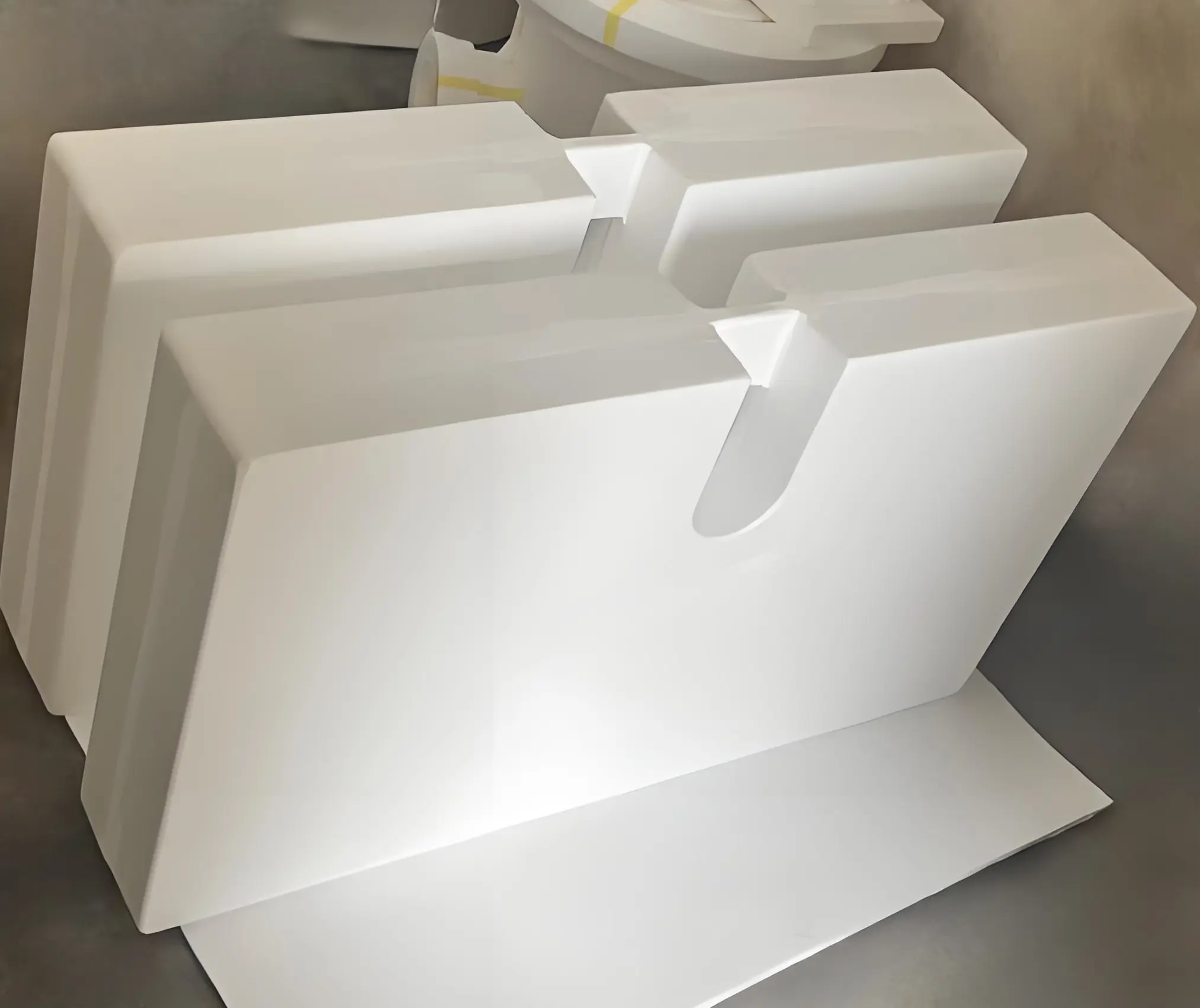Small knowledge about the use of recarburizers in induction furnaces
For induction furnaces, especially medium-frequency induction furnaces, adding recarburizers is an important part of the smelting operation. This article will introduce some small knowledge about the use of recarburizers in induction furnaces.
1 Graphitization of unmelted particles in recarburizers
In the molten iron liquid, in addition to the carbon that has been dissolved in the iron liquid, the recarburizer also has residual, undissolved carbon in the form of graphite, which is drawn into the stirring liquid flow in granular form. Most of the unmelted, coarse graphite particles are suspended in the iron liquid surface near the furnace wall when the power is turned on, and some are attached to the middle of the furnace wall, which is equivalent to the dead angle of stirring. At this time, once the power is turned off, these coarse graphite particles will be slowly suspended due to buoyancy. Extremely small particles that are beyond the observation range of an optical microscope can be suspended in the iron liquid during the melting of graphite, not only when the power is turned on, but also when the power is turned off.
According to reports, the closer the material is to the eutectic nucleus, even if the added graphite has a different crystallinity from the eutectic graphite, the coupling degree is bound to be greater than other materials that can be inferred to form the graphite core. From this point of view, it can be considered that the suspended fine graphite particles are conducive to the formation of graphite cores, which can prevent cast iron from being overcooled and whitened.
2 Effect of carburizer particle size on carburization effect
Carburizers with a particle size biased towards micropowder have a very poor carburization effect, while carburizers with a particle size biased towards coarse have a better carburization effect; and carburizers with appropriate removal of micropowder and coarse particles have the best carburization effect. In order to improve the carburization effect, the carburizer should be treated to remove micropowder and coarse particles.
3 Effect of molten iron chemical composition on the carburization effect of carburizer
3.1 Effect of silicon on the carburization effect of carburizer
Silicon in molten iron has a greater effect on the carburization effect. When the mass fraction of Si in molten iron is high, the carburization rate is slow.
3.2 Effect of sulfur on the recarburizing effect of recarburizer
When iron sulfide is added and the mass fraction of S in the molten iron is 0.045%, the recarburizing speed is much slower than that of low-sulfur molten iron without iron sulfide and the mass fraction of S in the molten iron is 0.0014%.
4 Selection and addition method of recarburizer
4.1 Recarburizer with low nitrogen content should be selected
The mass fraction of nitrogen in cast iron molten iron is usually below 100 ppm. If the nitrogen content exceeds this concentration (150-200 ppm or higher), it is easy to cause cracking, shrinkage or loose defects in castings, and thick-walled castings are more likely to produce them. This is caused by the need to increase the amount of recarburizer added when the scrap steel ratio increases. A large amount of nitrogen not only easily causes casting defects, but also nitrogen can promote pearlite density and ferrite hardening, greatly improving strength.
4.2 Method of adding carburizer
The stirring of molten iron can promote carburization. Therefore, compared with the industrial frequency induction furnace with strong stirring force, the medium frequency induction furnace with weak stirring force is relatively more difficult to increase carburization. Therefore, the medium frequency induction furnace may not be able to keep up with the melting speed of the metal charge.
Even for the industrial frequency induction furnace with strong stirring force, the carburization operation cannot be ignored. This is because, from the principle diagram of induction furnace smelting, it can be seen that there are stirring iron flows separated from the upper and lower parts in the induction furnace, and there are dead corners near the furnace wall at its boundary. The graphite groups that stay and adhere to the furnace wall cannot be melted into the molten iron without excessive heating and long-term heat preservation of the molten iron. Excessive heating and long-term heat preservation of the molten iron will increase the supercooling of the molten iron and tend to increase the white cast iron. In addition, for the medium frequency induction furnace that generates strong induced current near the furnace wall, if the molten iron drills into the graphite groups attached to the furnace wall, the drilled metal will be melted during the next furnace smelting, resulting in erosion and damage to the furnace wall. Therefore, when the scrap steel ratio is high and more recarburizer is added, more attention should be paid to the addition of recarburizer.
The time of adding recarburizer cannot be ignored. If the recarburizer is added too early, it is easy to adhere to the bottom of the furnace, and the recarburizer attached to the furnace wall is not easy to be melted into the molten iron. On the contrary, if the addition time is too late, the opportunity for recarburization is lost, resulting in slow smelting and heating time. This not only delays the time for chemical composition analysis and adjustment, but also may bring harm caused by excessive heating. Therefore, it is better to add the recarburizer little by little during the process of adding metal charge.





